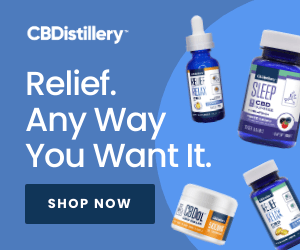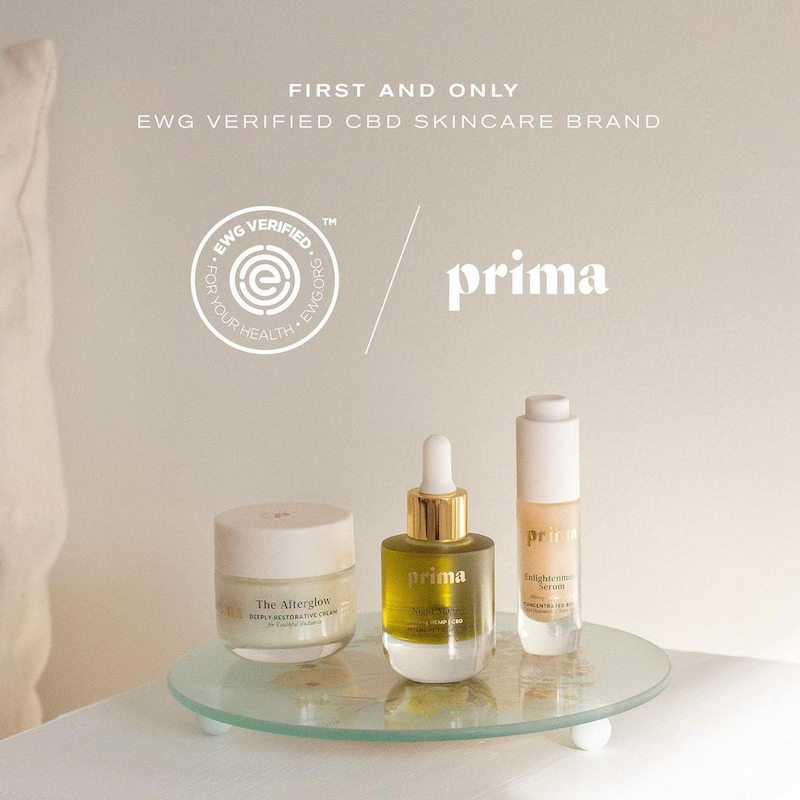Regulations, guidelines, and cultural norms around cannabis are rapidly evolving. Therefore, making it much more difficult for marketing teams to understand how cannabis companies can meet their goals.
Spending on legal cannabis in North America alone is expected to jump from $9.2 billion in 2017 to $47.3 billion by 2027. So, how can cannabis companies be seen and heard by these consumers, especially purpose-driven ones? Let’s reflect on marketing strategies cannabis companies are using today to cultivate their communities.
The difference between hemp and marijuana
“Both CBD and THC are cannabinoids found in cannabis plants,” says Courtney Jackson, Be Well, Be Green Founder. “However, they function very differently within the body. THC, most commonly found with significant levels in the marijuana plant, can deliver psychoactive effects that create the feeling of being “high” while CBD does not. Often, users of hemp-based CBD will receive the same benefits (i.e., feeling relaxed, managing pain, reducing inflammation within the body, etc.) of marijuana users without any of the psychoactive effects.”
Restrictions vary between hemp, CBD, and marijuana-based products due to the 2018 U.S. Farm Bill and state laws. Courtney adds, “Hemp plants and products are legal throughout the U.S., while marijuana is only legal for recreational use in 15 states. CBD products’ restrictions are dependent upon which plant the product is derived from, and the other levels of cannabinoid compound present.” So with all these legal variations, it’s essential to research and get legal advice before implementing your marketing campaigns.
Social Media
With research, we’ve noticed social media marketing for cannabis isn’t straightforward. Some companies do not have a substantial social media presence, while others take full advantage.
Legal but heavily restricted substances like alcoholic beverages and tobacco products provide a foundational structure when planning your content strategy. To start, here are a few guidelines to keep in mind to prevent your account from getting shut down:
- Clearly communicate the age requirement of 21+ in your bio. See how Corona does it.
- Do not run paid ads. Advertising the sale or use of illegal substances or prescription drugs goes against Facebook’s policy and can get you banned.
- Don’t try to sell anything on your account, including links to a site that sells marijuana. You’ll want to use your link in bio as a tool to bring traffic to your educational blog or sign up for your email list.
- In some states, it may be illegal to do giveaways or freebies of cannabis products.
- Do not show cannabis consumption. You don’t want to be seen as violating the platform’s community guidelines with anything you share on your feed, stories, or lives.
On the contrary, brands have opted to take the risk and show consumption on their accounts. Valerie Lollett, Founder of The Plant Department and Verona Office, says, “As in many other brands and projects in the cannabis space, The Plant Department features people smoking or vaping as a crucial part of the normalization efforts that we do for the plant. Never promoting sales, but we do show the action.”
To say the least, cannabis marketing is a bit tricky to navigate. “Social media platforms are constantly a risky game; they can suspend or eliminate your account at any moment,” Valerie tells CADA. Check out the way these companies work with Instagram:
When creating your content pillars, think about your audience and where they sit in your sales funnel. Courtney says, “Cannabis enthusiasts are becoming more and more diverse as the stigma of cannabis slowly evaporates. So, the type of content they crave is also quite diverse.” For Courtney’s hemp products, her followers like to see photos of vibrant flowers, aroma properties, recipes, and guides. Conscious consumers will also be interested in learning about the science-backed benefits of cannabis or farming techniques.
Building trust is crucial for cannabis companies. Jessica says, “Don’t over-edit photos of the cannabis flower or product. When a photo looks super edited, it makes the company look unreliable and sometimes sketchy.”
Social listening is an essential element within a successful social media campaign. By analyzing your insights and engaging with your community, you’ll be able to gauge what content resonates the most. Courtney warns, “Hemp and marijuana companies run a high risk of occasionally becoming shadow-banned by Instagram due to what they may consider suspicious cannabis-related activity. During these short bans, you can expect your engagements and reach to drop dramatically.”
Billboards
Traditional marketing methods like billboards tend to be overlooked these days with the traceability of digital marketing. Jessica says, “Marketing cannabis products is difficult with the federal limitations and staying compliant with all the laws and regulations. Not only that, but each social media platform has its own set of rules which makes it that much harder to market products.”
If done intentionally, billboards have the potential to build brand awareness within a local company’s area. Jessica notes, “With my company, billboards are the way to go. It’s the most popular strategy in California’s cannabis industry at the moment.”
In states where marijuana is legal for medical and recreational use, billboards are a great tactic. Each state will have set guidelines for marijuana brands to follow. Still, here are some general rules:
- Don’t put it near a school.
- Don’t depict consumption or the product.
- Don’t make health claims.
- Ensure that more than 70% of viewers driving by are over 21+ years old. The billboard sales representative should have that information.
Email Marketing
Email marketing is the best way to reach your audience on your terms. With email marketing, you can share industry news, blogs, merchandise releases and promote your cannabis flowers. Moreover, you are not limited to specific imagery as we see on billboards and social media. Though, we would still advise not using images with models who look younger than 21.
It is not advised to promote or sell marijuana products on social media actively. So, it’s best to guide your social media followers to sign up for your email list through your link in bio. Add a box on your sign-up form that prompts customers to enter their birth date. It’s another layer to assure your email respondents meet the 21+ age requirement.
When you create an email campaign, you’ll need to consider frequency and timing, among other things like how to engage your audience with relatable messaging. Courtney suggests, “Choose a niche area and then define your aesthetic and verbiage on how you want to market to your cannabis customers. Popular functions and benefits companies promote are pain relief, reduce stress, encourage relaxation, anti-inflammatory properties, etc.”
Affiliate Marketing
Affiliates work similarly to influencers in the sense that affiliates receive a commission for the products they promote. Using unique link tracking or discount codes, you’ll be able to see which platform is driving the most traffic or sales to your cannabis site.
For example, we partner with Prima, a wellness brand that offers functional botanicals through hemp-derived CBD. Our traceable links get connected to words — like in the last sentence — or in imagery, as you’ll see below.
Because marijuana isn’t federally legal and hemp (with THC level not more than 0.3%) is, marketing cannabis isn’t simple. Try to manage flexible and agile marketing strategies that can endure unplanned disruptions. Moreover, learn how tobacco and alcohol companies weave around laws and community guidelines.
If you don’t have the time or headspace to do this work, CADA is here to support you. Email me at jade@cadaconsult.com to schedule your discovery call.
Meet the experts
Courtney Jackson
Courtney Jackson of West Michigan is the founder of Be Well, Be Green, a wellness brand centered around sustainably grown CBD-rich hemp flowers. As a conscious CDB retailer, Courtney sources her hemp plants through a family-owned farm in southern Illinois without artificial additives or pesticides. With versatile and potent flowers, her company offers all of the calm with none of the high.
Jessica Addonizio
Jessica Addonizio has 5+ years of experience within the West Coast cannabis industry. As a Wholesale Distribution Lab Technician, she is introduced to an abundance of flowers, cannabis-infused topicals, oils, edibles, and everything in between. She is a true advocate for safe products that improve people’s well-being.
Valerie Lollett
Valerie Lollett has 4+ years in the cannabis sector as a Creative Director, cannabis activist and consultant. In 2017, she pivoted her company, Verona Office, by developing a unique female-focused cannabis brand that Cansortium acquired – one of the largest cannabis companies in the US.
Later, she founded The Plant Department, an educational project that promotes awareness, provides reliable knowledge, and spreads the word about the great potential that Cannabis and flowers hold. The Plant Department delivers practical, healthy tools and guides for achieving wellness, pleasure, and joy in daily life. The project offers coaching services for individuals and consulting for entrepreneurs.
Disclaimer: This is for the educational purposes of cannabis marketing. Written for 21+ year olds. In no way is CADA promoting underage usage.



